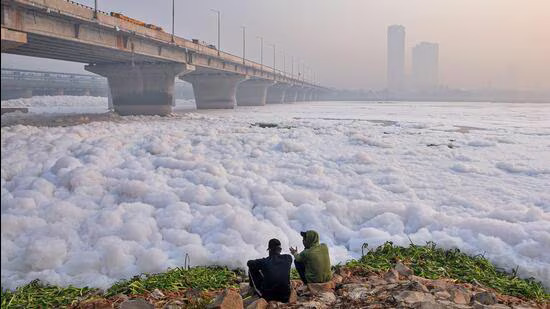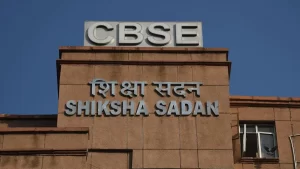Delhi water crisis: rising ammonia levels in Yamuna spark resident concerns

Delhi’s water crisis intensified as the Delhi Jal Board warned of shortages in several areas until November 1 due to high ammonia levels in the Yamuna, the city’s main water source. The contaminated river water, now unfit for consumption, has impacted residents in east, northeast, south Delhi, and areas managed by the New Delhi Municipal Council.
Ammonia contamination, primarily from industrial discharge and untreated sewage entering the Yamuna, has long plagued the river. With ammonia levels spiking, the Delhi Jal Board struggled to purify enough water for consistent supply. Residents in affected areas now face reduced water availability, leading to increased concerns about public health and daily needs.
This crisis underscores the urgent need for effective measures to address water pollution in Delhi. Local authorities must invest in advanced treatment plants to remove high ammonia levels and other pollutants from the Yamuna. Additionally, stricter enforcement against industrial waste dumping and untreated sewage discharge is critical.
Without immediate intervention, these recurring water shortages threaten to become a persistent issue, particularly as Delhi’s population grows.
Long-term solutions require a coordinated effort between state and central governments, environmental agencies, and industry regulators. Enhanced wastewater treatment facilities, public awareness campaigns on water conservation, and clean-up initiatives along the Yamuna’s banks could prevent future water crises and ensure a cleaner, safer water supply for Delhi residents.
The Delhi Jal Board has assured residents it is working to resolve the current contamination issue. However, until these problems are permanently addressed, Delhi’s water supply remains at risk.






